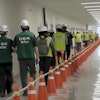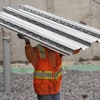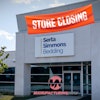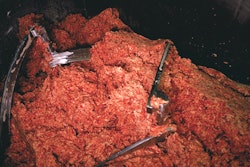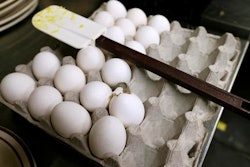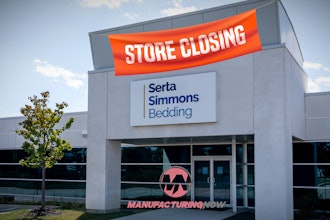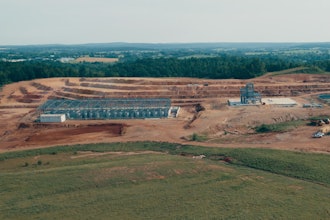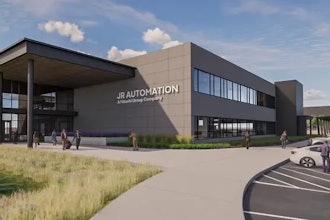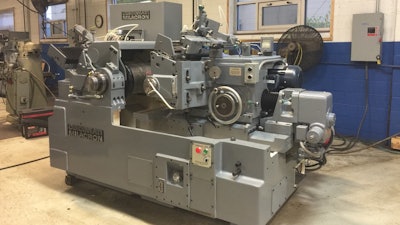
Centerless Grinder Repair (CGR) in Roseville, MI needed to maximize and improve the performance of the centerless grinding machines that are supplied to the steel bar market. The existing machines used standard variable frequency drives with dynamic brake resistors that operated well with light stock removal (.008/in. to .012/in.) and short lengths of steel bar stock. When the customer would load longer lengths of steel bar stock with heavier stock removal demand, the drive would immediately shut down the motor on an over-voltage (OV) fault. The downtime, due to excessive dynamic brake resistor heat, became a problem for the customer as they waited for heat dissipation. The centerless grinding machine was limited in the weight, length and cut of the steel bar stock as the overvoltage faults shut the machine down for lengthy periods of time.
The primary goals of the project were to provide the machine builder the ability to feed steel bar stock that wasn’t limited by weight, length and grinder cut and increase productivity for their customer.
Excel Industrial Electronics, distributor, system integrator and authorized service provider for Yaskawa America, Inc., introduced the Yaskawa U1000 Industrial Matrix Drive to CGR to accomplish the primary goals, save energy, and eliminate moving parts and peripheral components. Differing from conventional drives, the U1000 has no DC link circuit with diode and main capacitor, thus resulting in higher efficiency.
The centerless grinding machine is operating with a 10HP, 460V U1000 Matrix drive and a 5HP induction gear motor (10:1 ratio). By implementing the U1000, the machine is now able to increase throughput due to the drive’s fast acting current and voltage limiters that achieve continuous drive operation during periods of excessive demand.
The full regeneration capability now allows the machine to handle longer bar stock lengths, heavier steel bar weights and deeper cuts (> .024/in) while returning the regenerative energy to the utility company to save energy rather than being discarded as heat.
As a result, CGR has successfully provided its customers with machines that are performing optimally and has allowed its customers to increase production, save energy and eliminate costly components.

